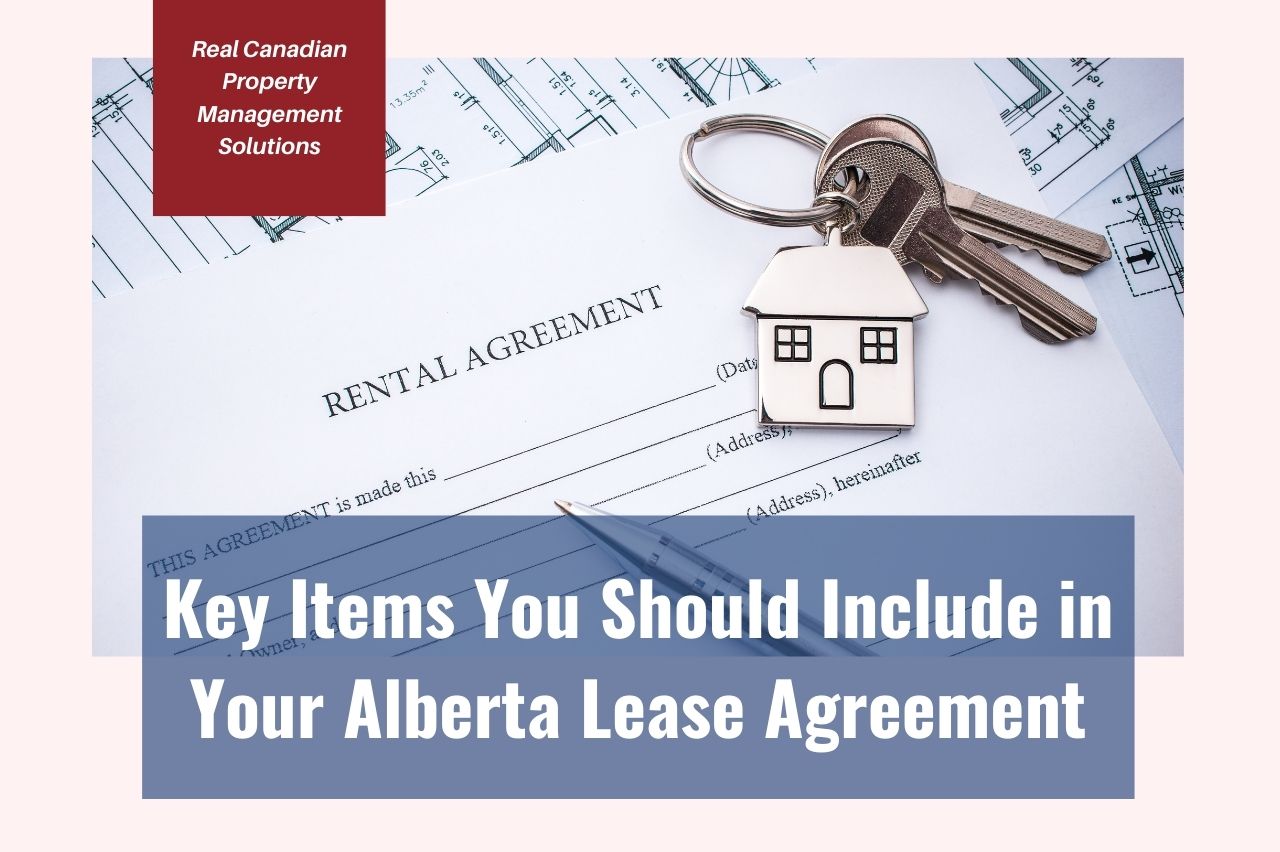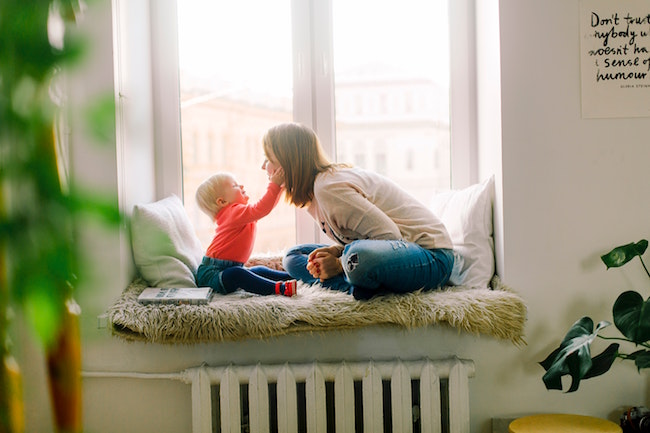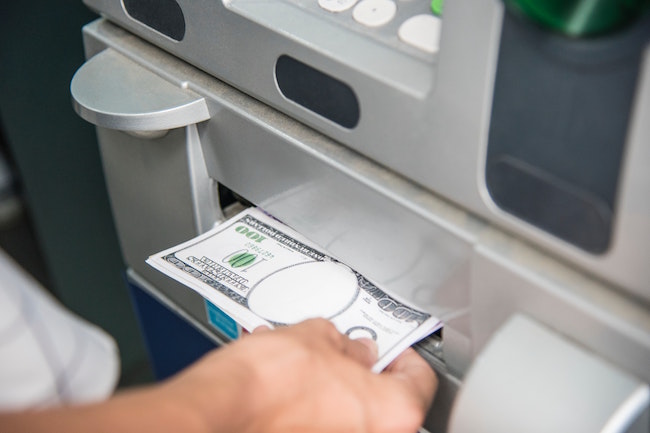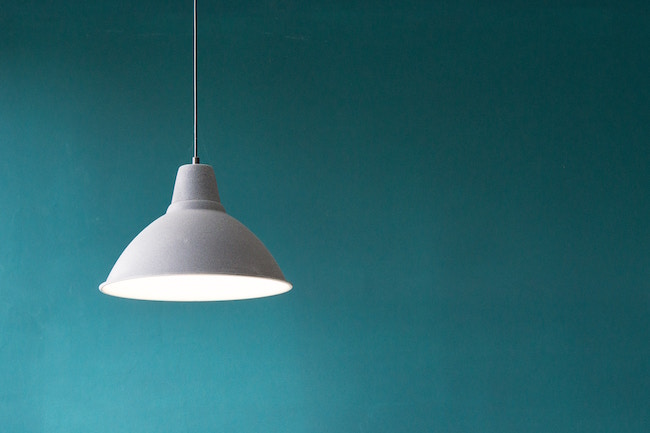
As every successful landlord in Grande Prairie, Alberta will tell you, having an iron-clad lease or rental agreement is key to your rental business. A lease agreement, also known as a rental contract or a residential tenancy agreement, sets out the rules that both you and your tenant must follow.
Now, there are certain terms that a landlords residential tenancy agreement should include in order to serve its purpose effectively for your tenants. For example, in terms of rules, a landlords residential tenancy agreement or rental agreement should be clear on details like the rental amount, and where and when it’s due.
Your residential tenancy agreement should also be clear on things like pet rules, the lease term, names of tenants, occupancy limits, and on repairs and maintenance.
The benefit of having such a tenancy agreement is that it’ll help landlords minimize the chance of any misunderstanding from the tenants during a lease term.
So, in this article, we’ll take a look at some of the key items landlords should include in their Alberta rental agreement for their tenants.
Item #1: Lease Term
A lease term, usually expressed in terms of months or years, is the period of time in which the terms of the lease are legally enforceable to the tenants.
There are two types of leases: a periodic tenancy, and a fixed term tenancy agreement. Periodic tenancies don’t specify an actual end date. The tenant is free to continue living in the property until either the landlord or tenant provides a written notice to end it.
There are different kinds of periodic tenancies: the weekly tenancy and the monthly tenancy. In a weekly periodic tenancy agreement, the tenants agrees to rent week-to-week and pay rent on a weekly basis. Similarly, in a monthly periodic tenancy, a tenant agrees to pay rent on a monthly basis.
A fixed term residential tenancy agreement, on the other hand, means that the tenant agrees to rent the premises for a fixed time period. A tenant, for instance, may agree in the fixed term residential tenancy agreement to rent the unit for a period of 6 months or one year. Once this fixed term tenancy agreement ends, it’ll then be assumed that the tenant will move out or renew the lease.
Whichever option a landlord chooses, their Alberta agreement must clearly state what type of lease or rental agreement they are offering during the residential tenancy.
Item #2: Names of Tenants
While it may sound rather obvious, some landlords fail to include the names of all adult tenants in the residential tenancy agreement.
Including the names of all tenants (minus children) in the Alberta leasing agreement makes each one of them legally responsible for all terms of the lease during the residential tenancy. This means that a landlord can ask for rent from any of them should one tenant skip paying rent. It also means all tenants are responsible for following the residential tenancy rules.

Item #3: Occupancy Limits
Your lease must specify that only rental applicants that have been screened, approved, and signed the lease are allowed to reside on your property. By including this clause, landlords will have full control over which tenants are staying in their unit.
Do you allow subletting in your Grande Prairie Alberta rental property? If, as a landlord, you do, then you need to mention this. Make sure the renter knows that in order for them to sublet the rental they must ask for your permission first.
This ensures that all the tenants living in your rental unit are qualified to live there. That is, they have passed the entire screening process.
It also means that landlords can evict anyone who lives in their property without their permission.
Item #4: Security Deposits
If a landlord is an experienced property investor, then they know that security deposits are often a source of conflict between a landlord and a tenant.
Generally, landlords require renters to return the rental unit in the same condition as they found it. If they don’t, the landlord may have a right to deduct the appropriate costs from their deposit.
This damage deposit can be used by landlords to cover additional fees that result from repairing property damage.
In some cases, though, the renter and landlord may not agree on the costs. If all other conflict resolution methods fail, the issue may eventually end up in a small claims court.

So, how do you avoid any confusion? Well, by being clear on several things:
- The security deposit amount. When setting this amount, make sure that you stay compliant to the Alberta security deposit limit law.
- How the security deposit is going to be stored and returned.
- Any non-refundable fees you may have. For example, for pets or for cleaning.
- The conditions that a tenant must meet for it to be returned.
Item #5: Rent Rules
Don’t assume it, make sure your Alberta rental agreement also mentions the dollar amount of rent. It goes without saying that the amount you, the landlord, set for rent should coincide with the value of your residential premises.
Make sure your rental contract states:
- The amount of rent. The right amount is key to running a successful rental business in Grand Prairie, Alberta. It will attract the right tenant to your residential property and help you earn maximum profits.
- Forms of payments accepted. Providing a variety of payment methods makes rent payment easy for tenants. Good examples include online payments, direct deposit, credit cards, and money order.
- The due date. Usually, the rent due date is the first day of the month. You should also indicate if you offer a grace period, and how long it runs.
- You should also state what happens when a tenant fails to pay on time. Will there be a late rent fee. If so, how much will the fee be?
Item #6: Utilities
Be clear on who is responsible for what in terms of utilities. Common utilities in rental properties include electric, water, gas, sewer, and garbage. These are crucial as they allow your rental property to meet Alberta habitability laws.

The following table gives a summary on how most landlords in Grand Prairie handle utilities.
Utility |
Paid By |
|
Electricity |
Depends |
|
Security and Alarm System |
Tenant |
|
Internet and Cable |
Tenant |
|
Water and Sewer |
Landlord |
|
Trash Collection |
Landlord |
| Natural Gas |
Depend |
Item #7: Pet Rules
There are usually two types of landlords: those that allow pets and those that don’t.
If you allow pets, then it’s important that you let your tenants know about any restrictions you may have. Note things like the type of pets you allow, the maximum size and breed. If you don’t allow pets, then make sure your Alberta agreement clearly gives the “no pet” notice.
These are the key items you should include in your Alberta lease agreement. These should help set you out on the right path to generating maximum return on your investment.